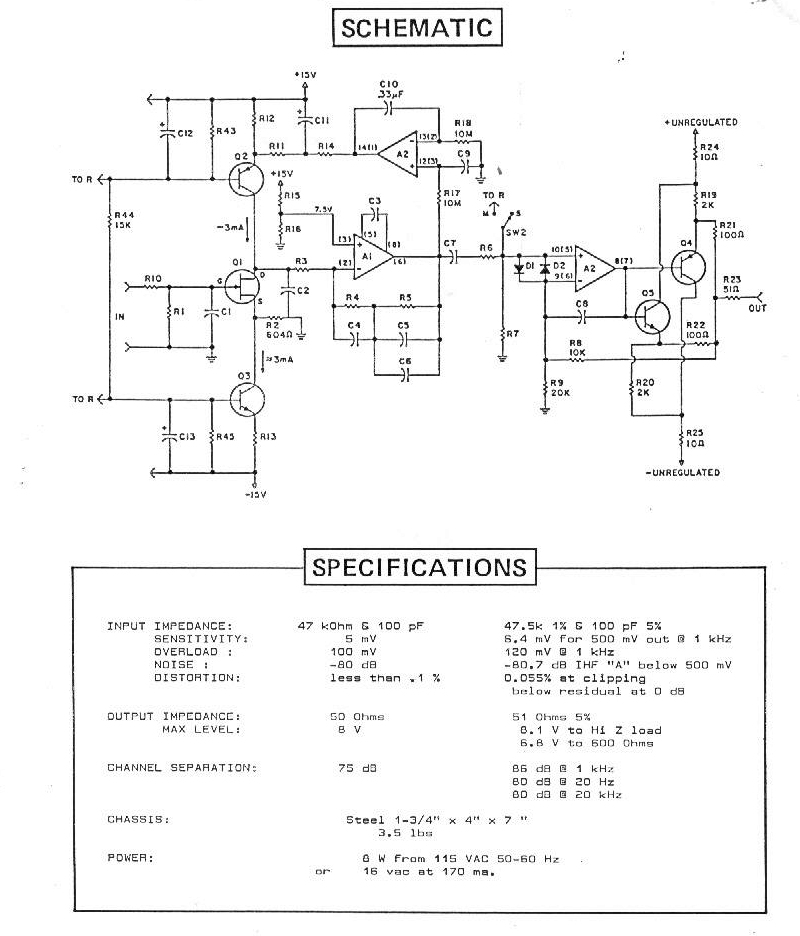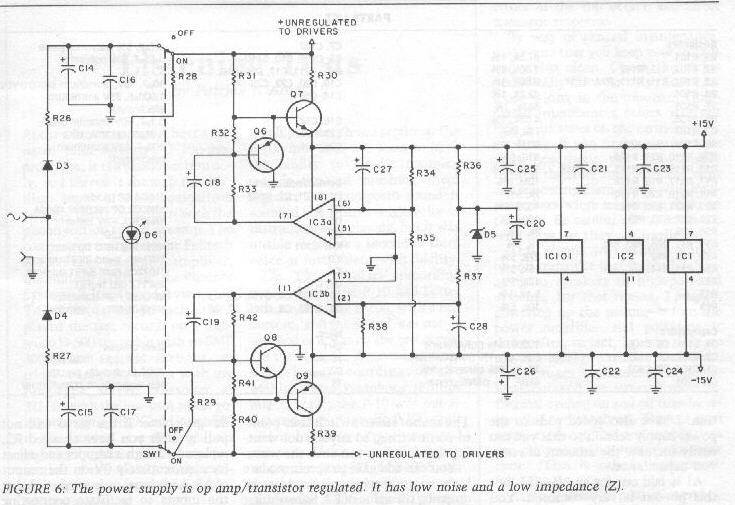That's interesting and mostly good.

While I implemented the real pole for 75usec RIAA time constant in both of my later published preamps (P10 and P100) I suspect the benefit of this is somewhat overstated. Obviously the RIAA record equalization does not rise all the way up to light, so this true rolloff is not really a matter of accuracy (RIAA is only specified up to 20kHz). That said, In practice popular implementations using decompensated non-inverting topologies could not easily tolerate unity gain, which extrapolating out from RIAA curves would occur as low as 200 kHz. I did an even earlier pramp design using the decompensated LM387 in '78, and used a different work around to get it down to at least unity gain. I allowed the opamp to act like it was running at the higher gain required for stability while pulling the signal feed from the EQ point that fell to unity gain at HF. Clever, but not as good as my later approaches.
While I didn't read the link closely, from the schematic the use of a LM301 opamp with the feedforward cap from minus input to compensation point was a good way to improve the performance of that old workhorse, but surely by then better opamps were available, as evidenced by use of TL0xx elsewhere in the design.
Despite the numerous cites at the end of the article I didn't see an credit to Deane Jensen for the inductor in the input LTP.
Probably an OK preamp but it looks overly complex for what it does., but I shouldn't be critical, my last effort was overkill by half.
JR
Cancel the "cancel culture", do not support mob hatred.





